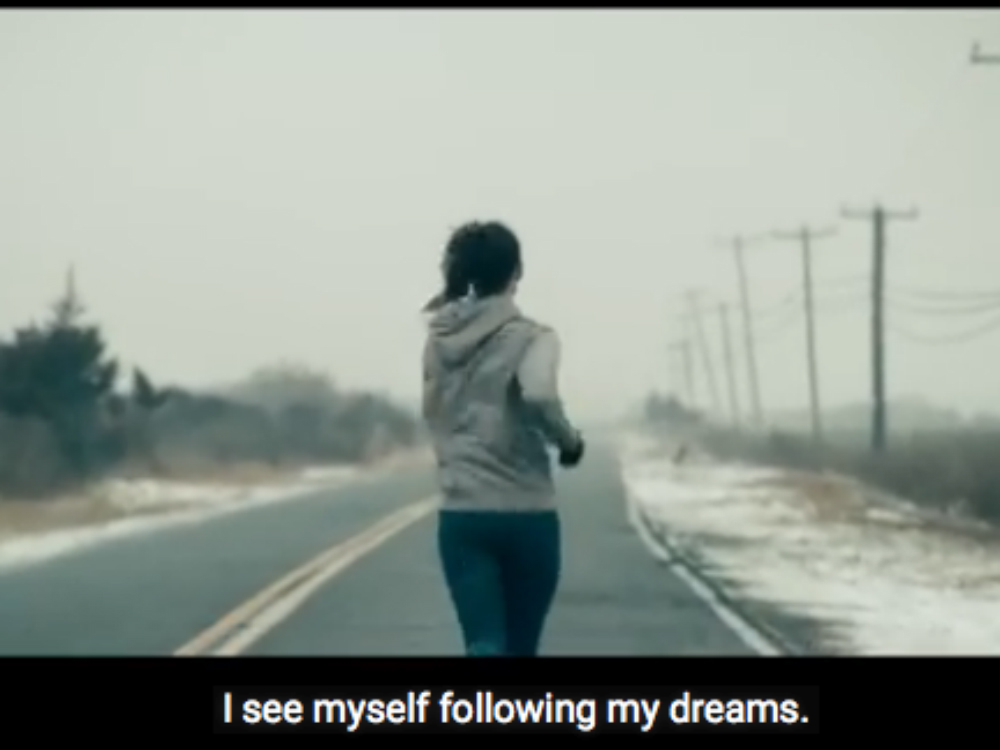Olivia Wilde Has Made A Video For Down Syndrome Day - But Is It Missing The Point?
Either way, if this doesn't give you a lump in the back of your throat, we can only assume you're made of steel

Either way, if this doesn't give you a lump in the back of your throat, we can only assume you're made of steel
In case you weren't aware of it (maybe you forgot to look at your calendar this morning), March 21st is World Poetry Day. It's also Twitter's 10th birthday. And it's World Down Syndrome day too.
And while the first two events are very lovely and all, it's the latter which is probably the most important. Because despite the fact that it's estimated two babies with Down Syndrome are born every day in the UK, people with the genetic disorder continue to face discrimination in school, at work and in public. In 2013, a girl with Down Syndrome was even kicked out of a cinema for 'laughing too loudly'.
That's why Olivia Wilde has teamed up with Saatchi and Saatchi New York, to release a video campaigning to raise awareness - and show that people with Down Syndrome are people too, and should be treated accordingly.
'This is how I see myself,' says the voice over, as we see Wilde gazing into the mirror. 'I see myself as a daughter, a sister and a best friend. As a person you can rely on. I see myself meeting someone that I can share my life with... I see myself as an ordinary person with an important, meaningful, beautiful life. This is how I see myself. How do you see me?'
But despite its intentions, the video has drawn criticism - especially from within the DS community - because it focuses on Olivia, rather than its narrator, 19 year old student AnnaRose Rubright.
'Perhaps one of the biggest barriers to full inclusion for people with any type of disability is, quite simply, the fact that most people consider “disabled” to be a synonym for “different,” and “different” is considered bad,' explains Emily Ladau for The Daily Beast. 'The appearances and the lives of disabled people generally don’t conform to narrow-minded social norms that dictate it is only acceptable to look like a model. As such, disabled people are almost always erased from the media, and almost never given the chance to fully represent ourselves. The “How Do You See Me?” ad perpetuates this exact barrier by erasing the woman with Down syndrome from her own story.'
Celebrity news, beauty, fashion advice, and fascinating features, delivered straight to your inbox!
And Ladau makes a good point. As moving as the montage is - showing Wilde working in a restaurant, laughing on a beach and crying in her bedroom - it would be even more powerful to show AnnaRose in all of the above situations instead.
The leading destination for fashion, beauty, shopping and finger-on-the-pulse views on the latest issues. Marie Claire's travel content helps you delight in discovering new destinations around the globe, offering a unique – and sometimes unchartered – travel experience. From new hotel openings to the destinations tipped to take over our travel calendars, this iconic name has it covered.